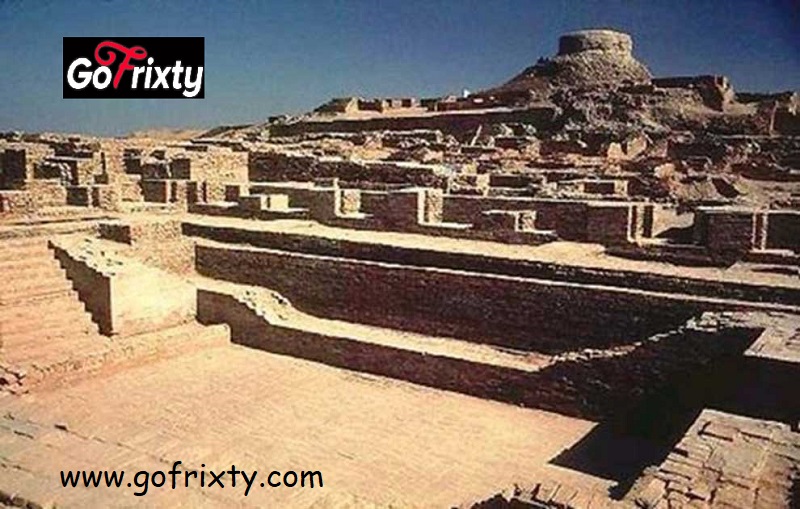Mohen jo Daro (The mound of the dead) is an estimable and mysterious place of Pakistan to signify. It is located on the right bank of river Indus and elevated in district Larkana of Sindh province in Pakistan.
Mohen jo Daro is spread on various mounds, great bath and a large building situated on the tallest mound which covers 250 acres or 100 hectares. Indus expert Gregory Possehl once said, “Mohen jo Daro is pretty faceless”. It is mysterious because no one can still discover its full history and do not know the language which was spoken in Mohen jo Daro as the city is identified as 5000 BC old. The city of the dead is a symbol of culture and heritage of Pakistan. This mound of the dead is signified among the oldest cities of the civilized nations.
Why visit OR explore Mohen jo Daro (The mound of the dead)?
There are many things which attract tourists to visit this Indus civilized city ‘Mohen jo Daro’. Some of the reasons are displayed below:
- This city is the far ancient civilization and ruins of the glorious city which have vast history attract the tourists
- Management system, Infrastructure and arts of building and houses of the mound of the dead left to wonder for people who are interested to visit because they will never be looked as far old architect, they always leave an impression of modern civilization, technology, and architecture.
- Museum of the mound of the dead also captures the mind of visitors; from which they can compare the modern culture and ancient culture.
Interesting facts and history of Mohen jo Daro:
The mounds of the dead was built in 26th century BC and at that time about 5000 people have residency in Mohen jo Daro. RD Banerji an officer of an archaeological survey of India first discovered the city of the dead in 1922. In 1980 Mohen jo Daro considered as first UNESCO world heritage place in South Asia. After a number of excavations archaeologist believe that the mound of the dead is divided into two sections. First citadel smaller in the area but very well developed and second lower town larger in the area but less developed.




